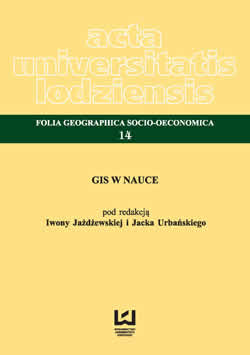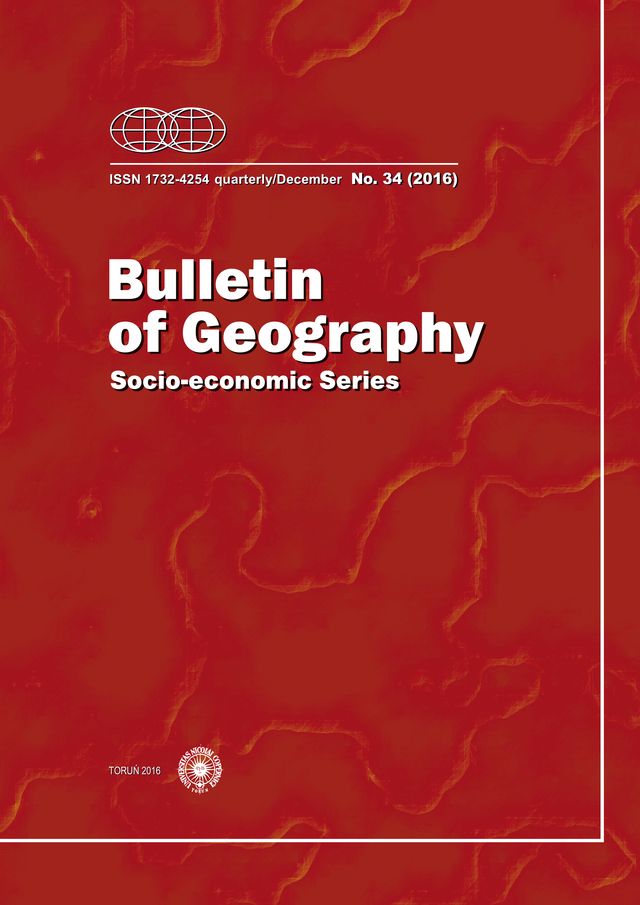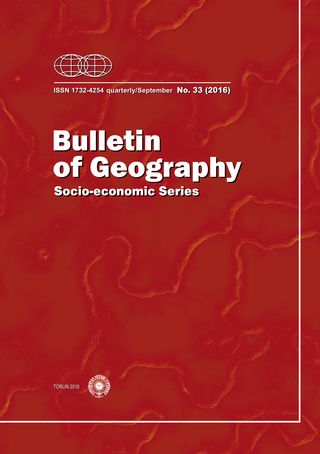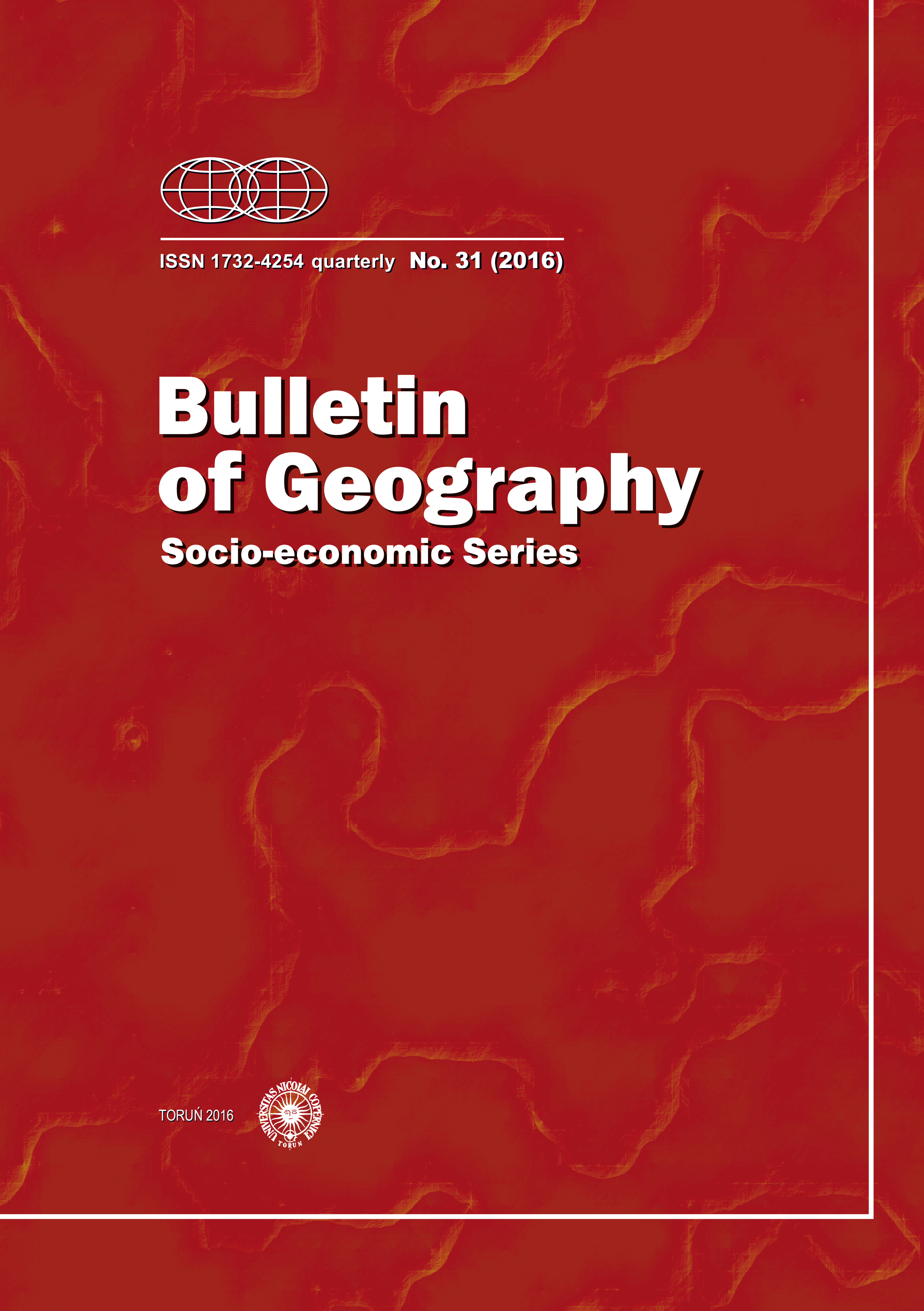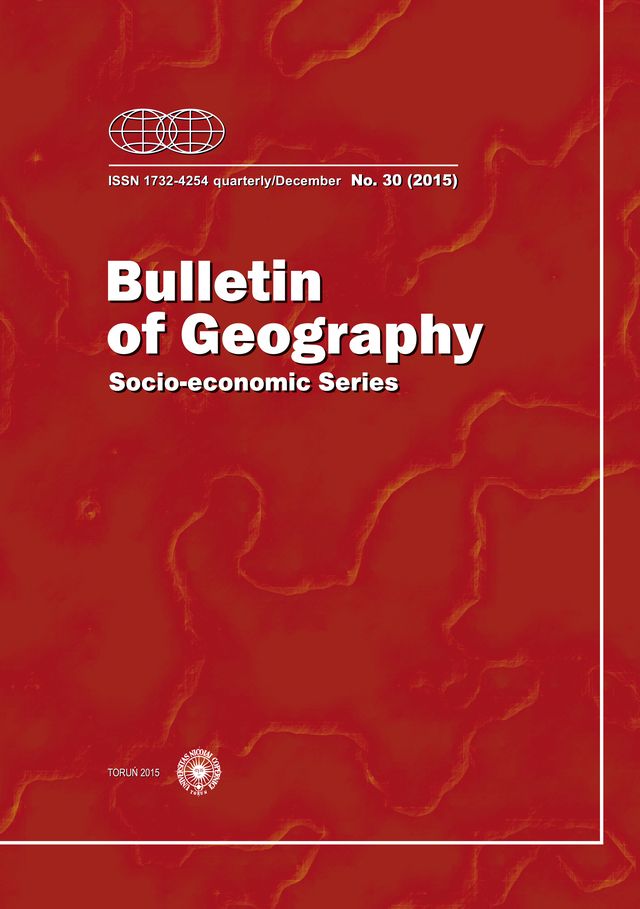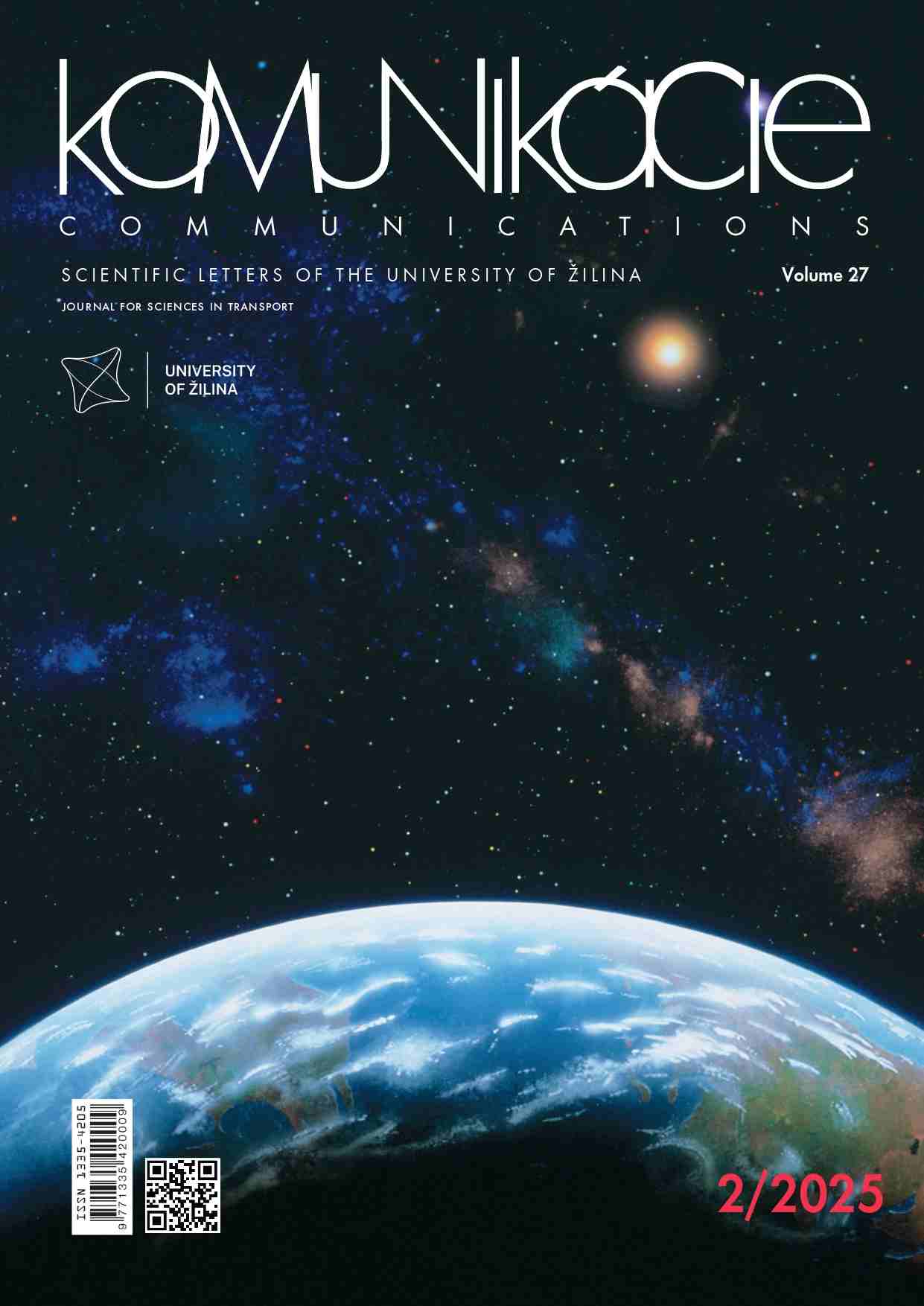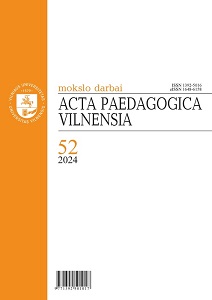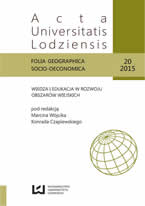
Znaczenie transferu wiedzy i edukacji dla rozwoju obszarów wiejskich
In the article there has been reflection on the possibility of transfer of knowledge and the use of new forms of education for inhabitants of rural areas. The main goal of this article was to show the importance of knowledge and education as essential elements of rural development. The subject matter of knowledge and education is invariably connected here, because through efficient education systems we gather knowledge, which we can later process, complement and create its new resources. The article with the introduction consists of five parts. Initially, it was to analyze the concept and importance of knowledge and its diffusion for the development of rural population. Then, we investigated how the phenomenon of knowledge and education has been described in some documents of the EU, including rural areas. In the next part we examined the same issue, but in the perspective of selected documents at the national level (also with special emphasis on rural areas). In the fourth part we discussed some new forms of education and knowledge transfer feasible in rural areas. The final section presents modern information technologies possible to use in the process of education and knowledge transfer and provides examples of their use.
More...

